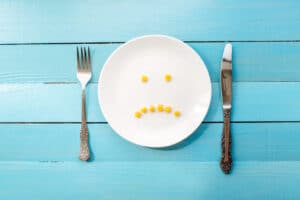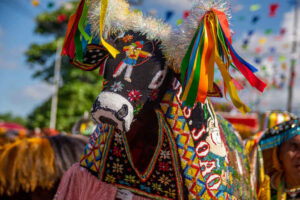Anyone who thinks that the useful life of a product ends when we no longer want it is wrong.
A circular economy proposes a new way of manufacturing and consuming products. To reduce the environmental impact of the production, consumption and disposal cycle and regenerate nature, its proposal is to extend the useful life of products as much as possible and encourage the reuse of resources and materials to reduce trash and waste to a minimum.
The idea, therefore, is to reuse, recycle and reuse everything possible and give new value to items that would previously be discarded without thought, in the best style “conscious consumption”. It is the opposite of the so-called linear economy, in which the pattern is to consume and throw away.
This shift from a linear to a circular economy is important because the natural resources used as raw materials are finite, and their extraction consumes energy, in addition to emitting greenhouse gases. greenhouse effect. Therefore, both companies and we must think about a mode of production and consumption that favors sustainability.
To get an idea of the impact that our consumption has on the planet, in 2021 the Earth Overshoot Day fell on July 29th – that is, in just under 7 months we consumed all the resources that the planet can renew in 12 months.
In the circular economy, the life cycle of a product does not end when it goes to waste. After use, your materials can be reused to return to the production and consumption cycle.
One example is recycling, in which plastic from an empty soda bottle can become raw material for the production of a new t-shirt instead of being landfilled. Another way to not pollute the environment is to use biopackaging sustainable, which turn into fertilizer in 90 days.
The life cycle of a product generally follows a script like this in the circular economy:
1- Sustainable production
The manufacturing of products uses raw materials and energy sources that are renewable and non-polluting and non-toxic (the environment will thank you).
2 – Ecodesign
No planned obsolescence. In the circular economy, products are designed to last longer, and the choice of materials favors those with a longer useful life.
3 – Maximum use
At the consumption end, enjoying is worth more than possessing. Therefore, sharing and renting items ends up becoming a simple way to prolong their use.
4 – High durability
Disposable, nothing! The products are designed to receive maintenance (or even an upgrade) so that their durability is extended as much as possible.
5 – Return to the cycle
Contrary to what happens in the linear economy, when the useful life of a product finally comes to an end, it does not go to waste: it can be reused, remanufactured or recycled.


